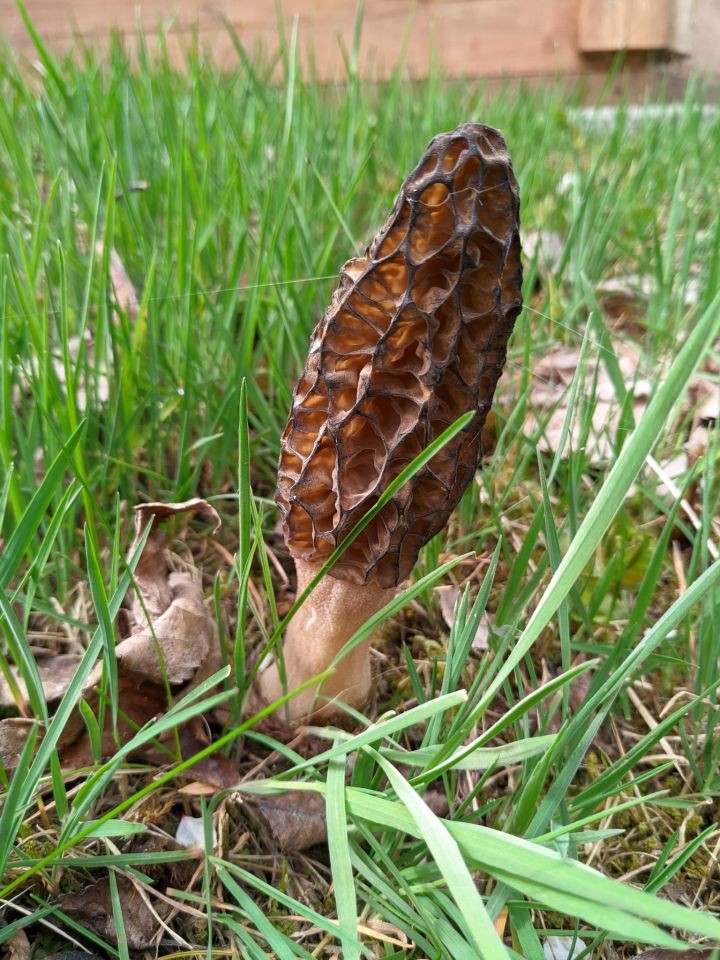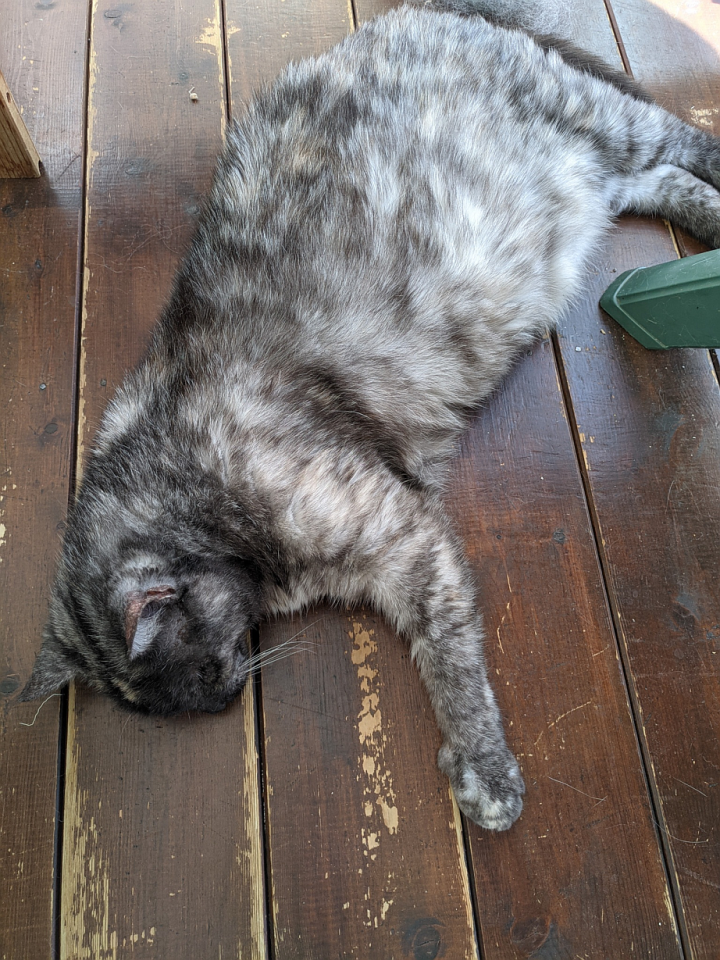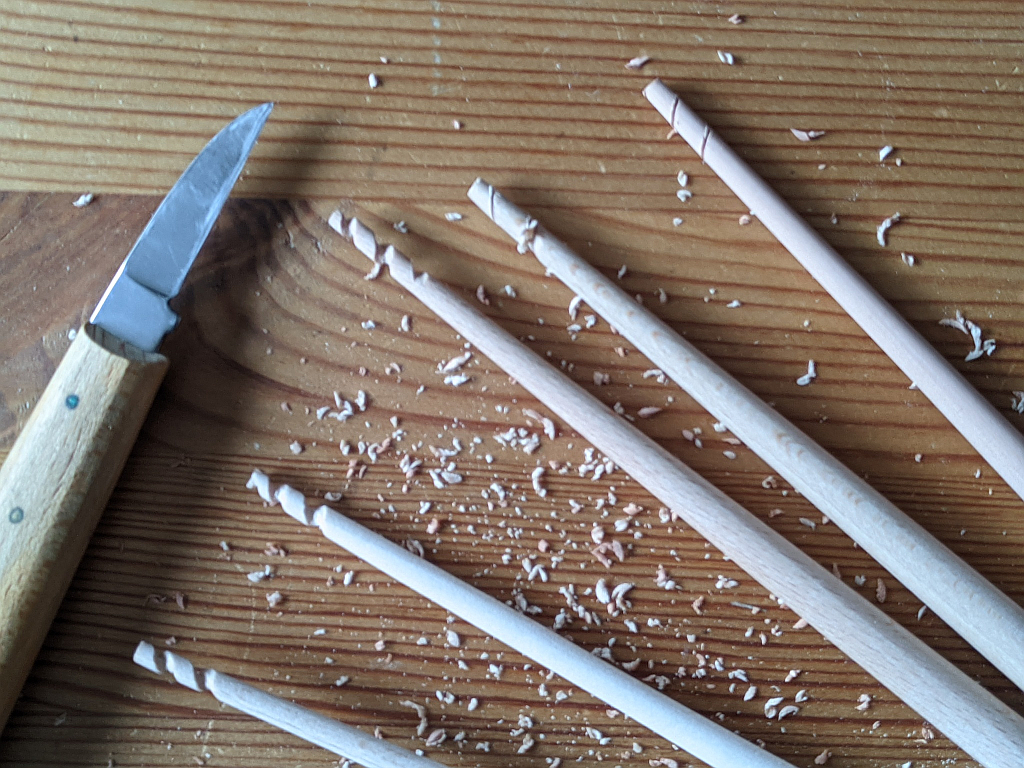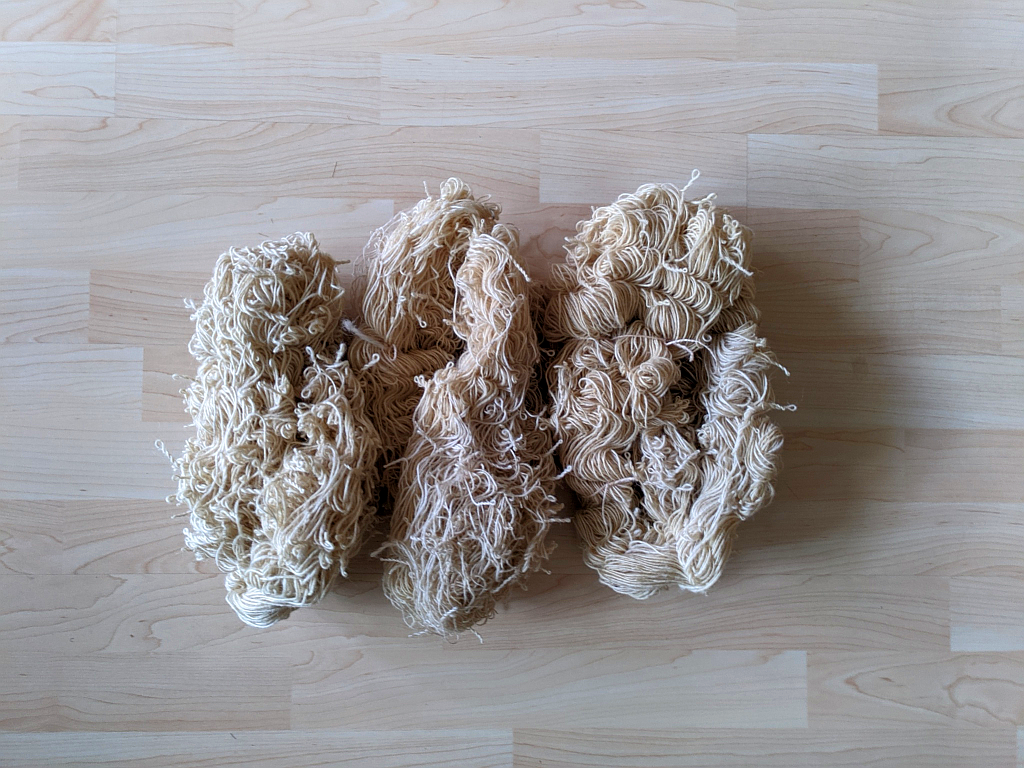Somehow this post didn't get sent off properly yesterday - so you're getting the black morel photo today:
These are, apparently, not very common anymore. They are also edible - though I think I prefer looking at them if they are rare, instead of eating them. (Especially not eating them rare.)
These mushrooms are also the first thing that had the rating "selten" (rare, probably, in the English version) in the ObsIdentify app. That is a recent discovery the Most Patient of All Husbands made - it's an app where you can upload images of (wild) plants and animals, and it will compare them to a database and tell you what it is, and with what probability. Observations that are made with surety can then be uploaded. Your uploads help with monitoring where what species are found, and thus for tracking biodiversity. The app will even recognise caterpillars, so it's a really cool help in finding out what critter you have somewhere.
You can find out more about the app here on their website, or search for Obsidentify in your app store thingie of choice.








